The Great Cooler Challenge
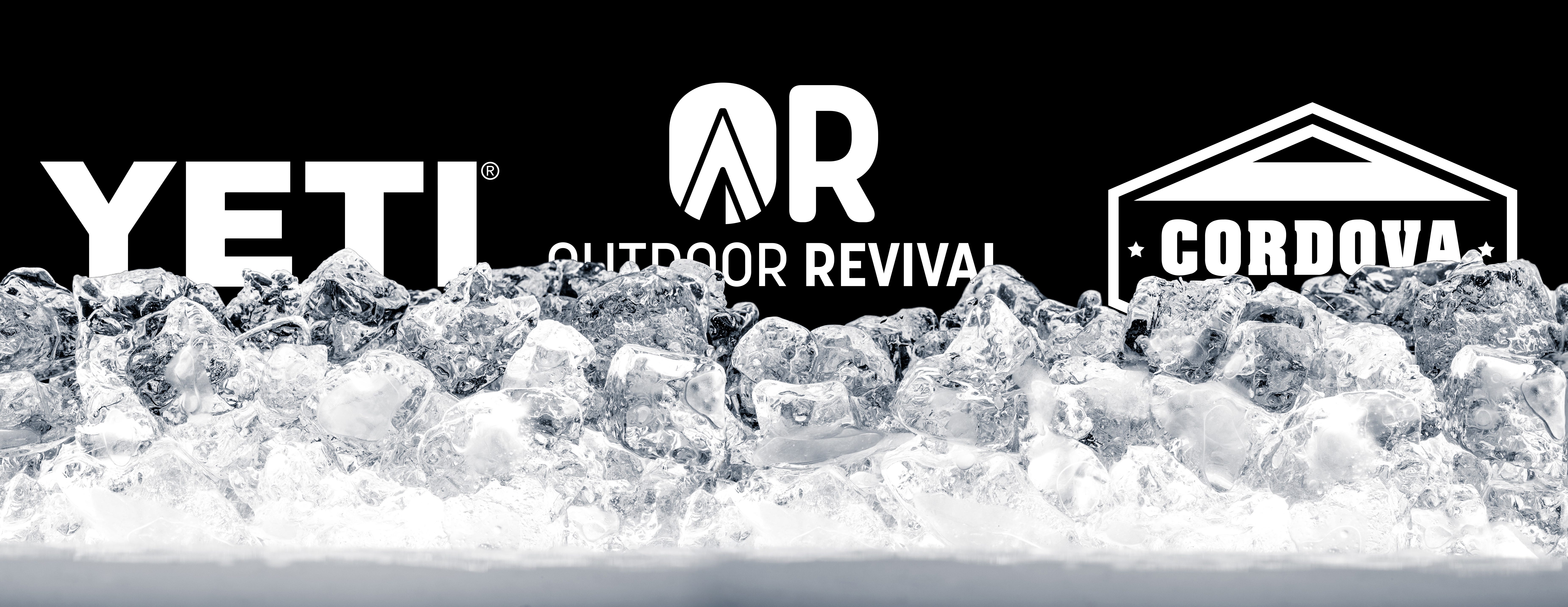
It’s summertime, which means if you’re camping, fishing, hiking, or just out for a day trip, you’ve got one important piece of equipment with you. Whether you’re using a faded-out Coleman from the 90s or a beefed up Yeti, one thing is for sure - you expect your cooler to keep your food and drinks cold.
With that in mind, we decided to put some of our popular coolers to the test. North 40 Outfitters sells a variety of different sizes and types. You can check all of them out here. For this experiment, we went with three types of hard coolers – the 45 QT Outdoor Revival Hard Cooler, the Yeti Tundra 45 Hard Cooler, and the Cordova 48 QT Basecamp Class Hard Cooler.
Before I get into how we tested the three coolers against each other, here is a brief review of each of the coolers and their pros and cons.
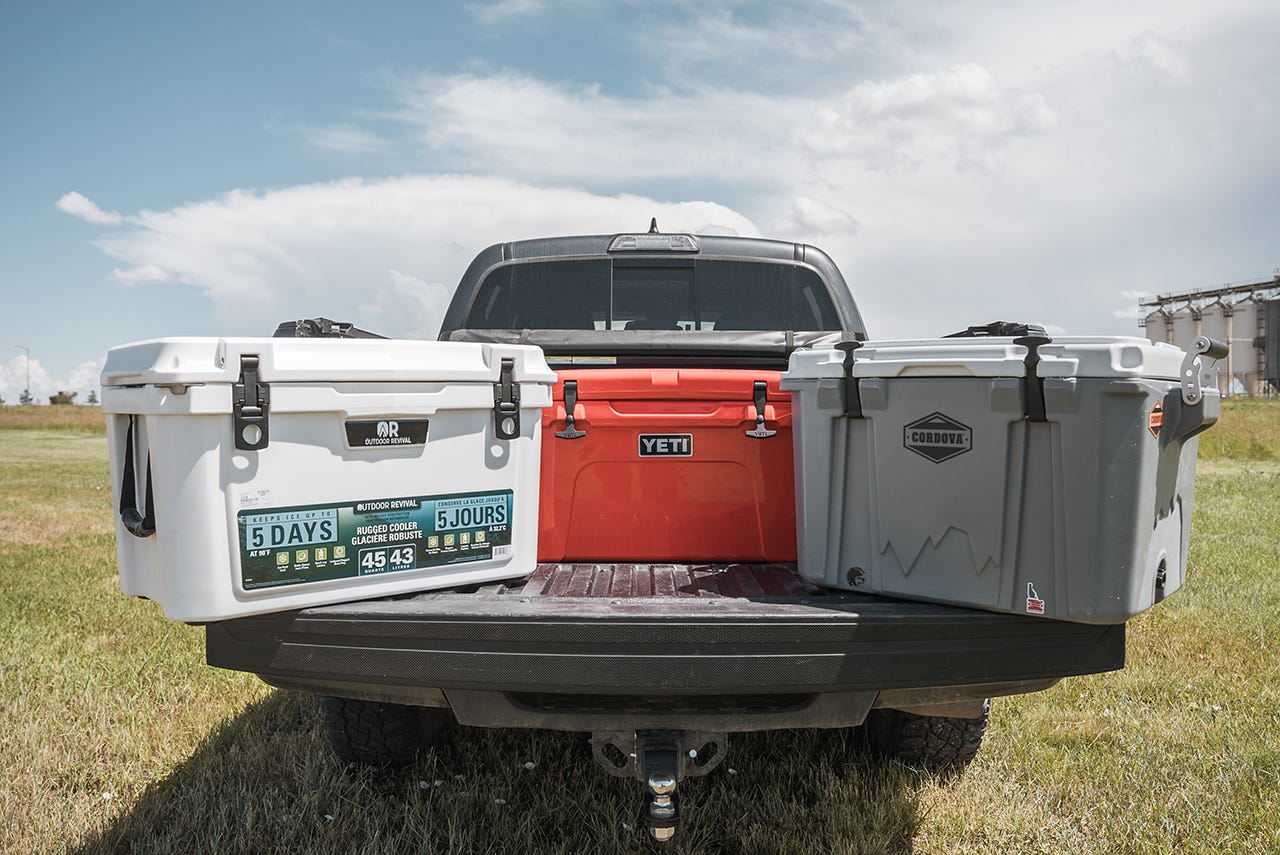

45 QT Outdoor Revival Hard Cooler
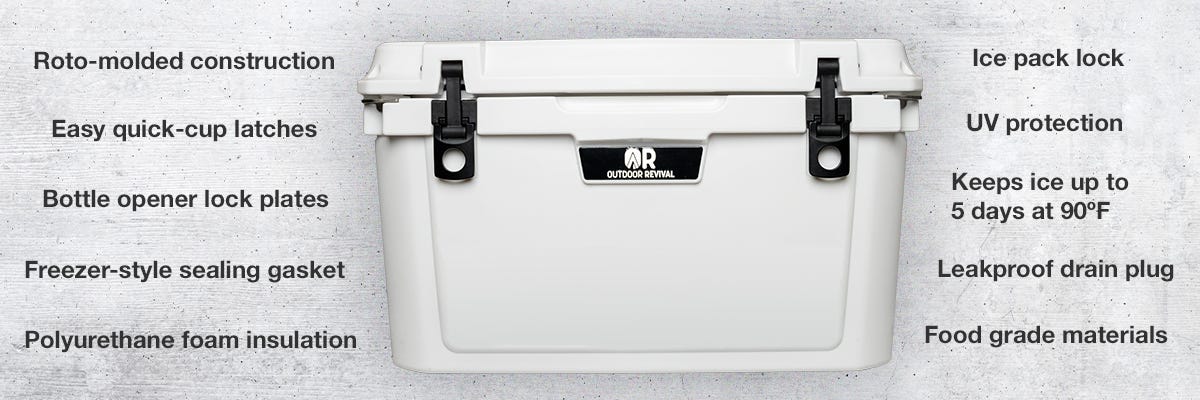

The 45 QT comes in at $189.99. Outdoor Revival is the newest brand of cooler to North 40 Outfitters. Besides coolers, they also offer a variety of camping supplies like tents, stainless steel water bottles, and sleeping bags. They offer three different sizes of coolers – a 30 qt, 45 qt, and a 75 qt.
Some of the best features of this cooler are its heavy duty, easy locking latches and its built in rubber non-slip feet. It also has a fun ruler on the top of the lid to help measure your catch out on the water. Whether you tell the truth about size is on you, though. You can also get a ton of cool accessories for you coolers, including custom ice packs that screw into the lid and act as a divider. They also have fishing pole holders, drink holders, racks that fit inside, non slip mats, tie down straps, and cutting boards that double as dividers! Check them all out on our brand page.
Pros: The Outdoor Revival Cooler has almost all the same general features as some of its more expensive competitors. The ruler and the bottle opener are a nice touch and its drain plug and non-slip feet held up great to five days of bouncing in the back of a pickup. There were no leaks and the cooler itself didn’t slide around at all. The biggest pro of this cooler is the price. At $189.99, it’s $135 less than the Yeti. That’s a huge chunk of change if you’re looking for a budget-friendly option.
Cons: This cooler isn't certified bear-resistant. The good news is that we talked to the folks at Outdoor Revival and they're working on getting it certified. The other two have been certified by the Interagency Grizzly Bear Committee. Out of the three coolers, this is the only one not at least partially made in America. It says right on the sticker that it’s made in China. Yeti is a little more cryptic with where their products are made. According to their website, some of their Tundra Ice Chests are manufactured in the U.S. They say the ones that are made in America are “designated as such” on the tag. Cordova Outdoors is an American owned company whose coolers are designed and made in Idaho.
See a full comparison at the bottom of the page.
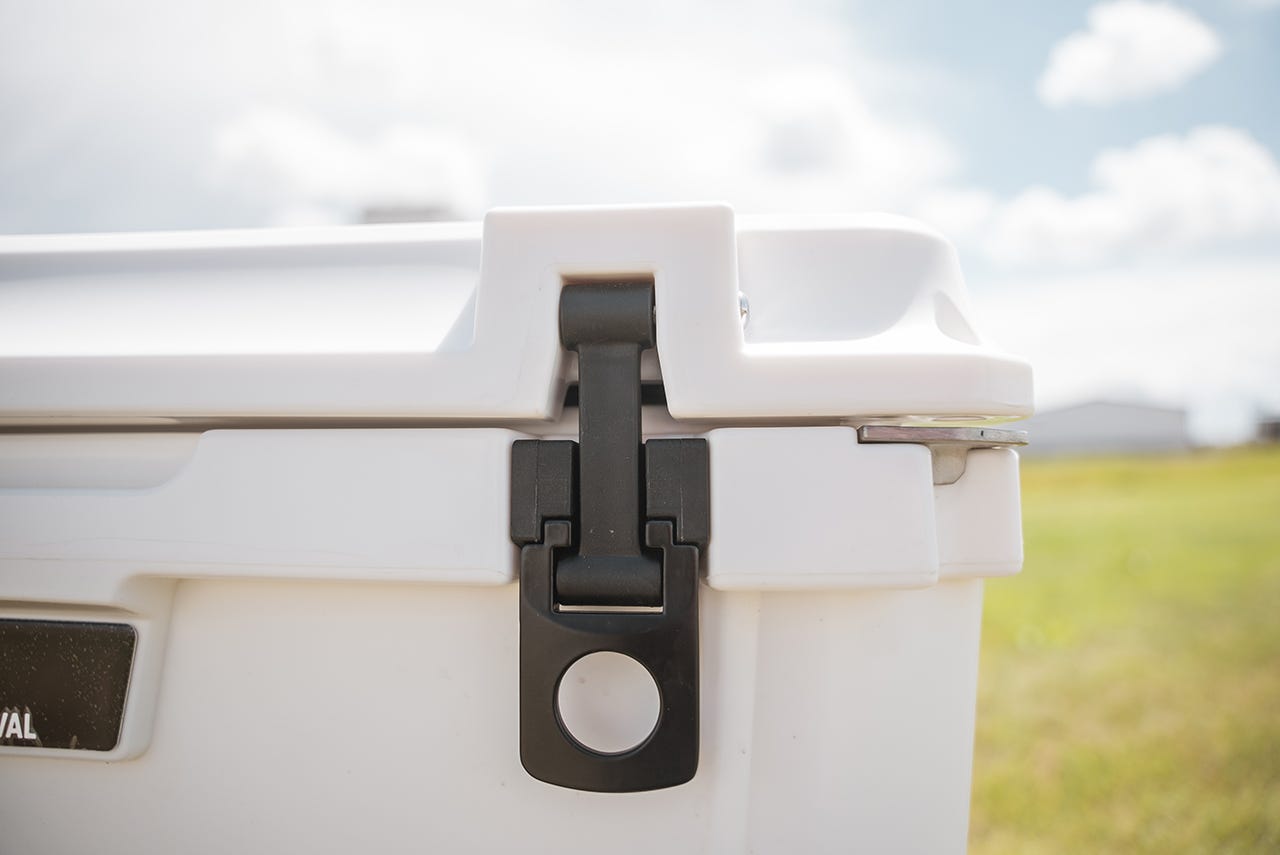

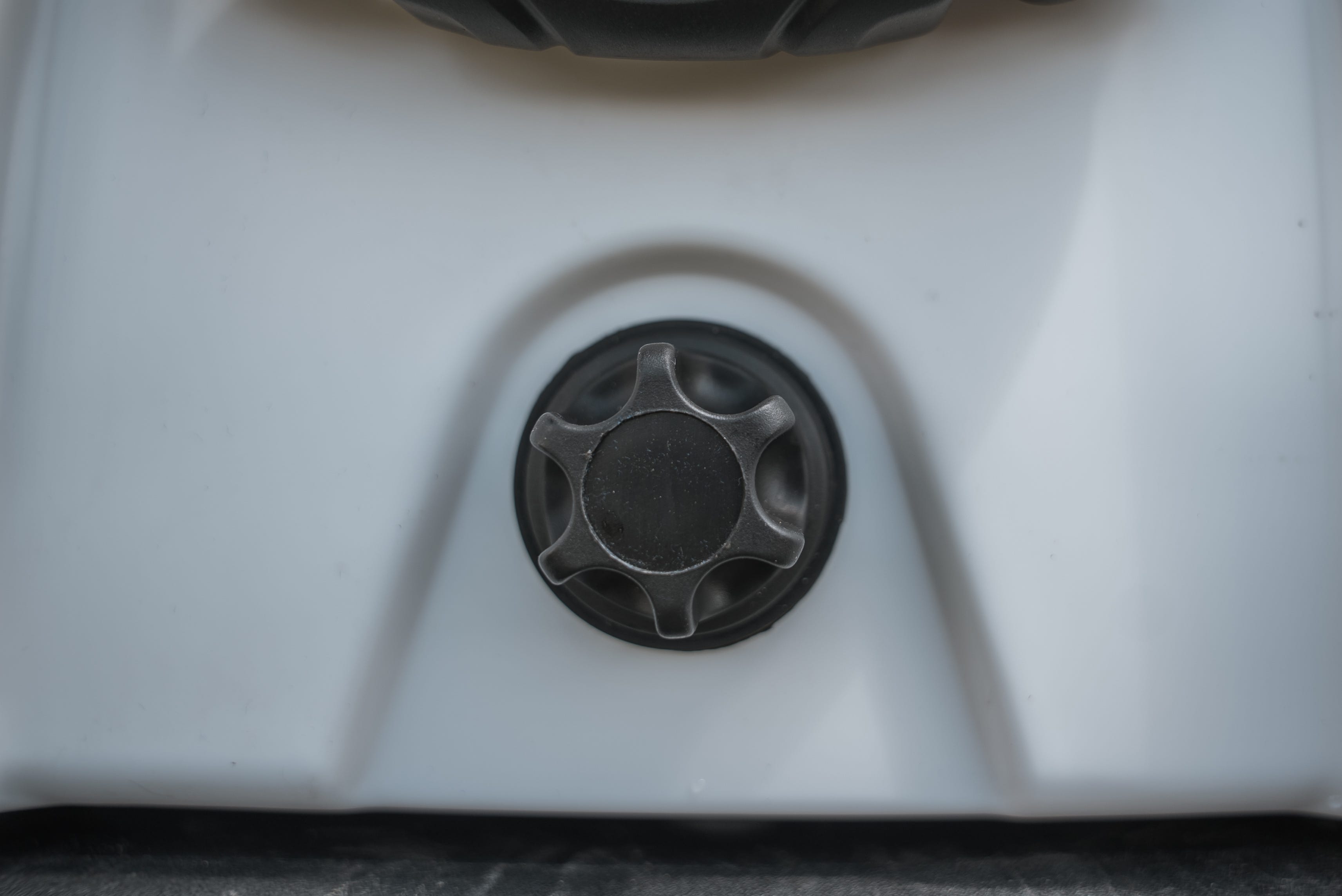

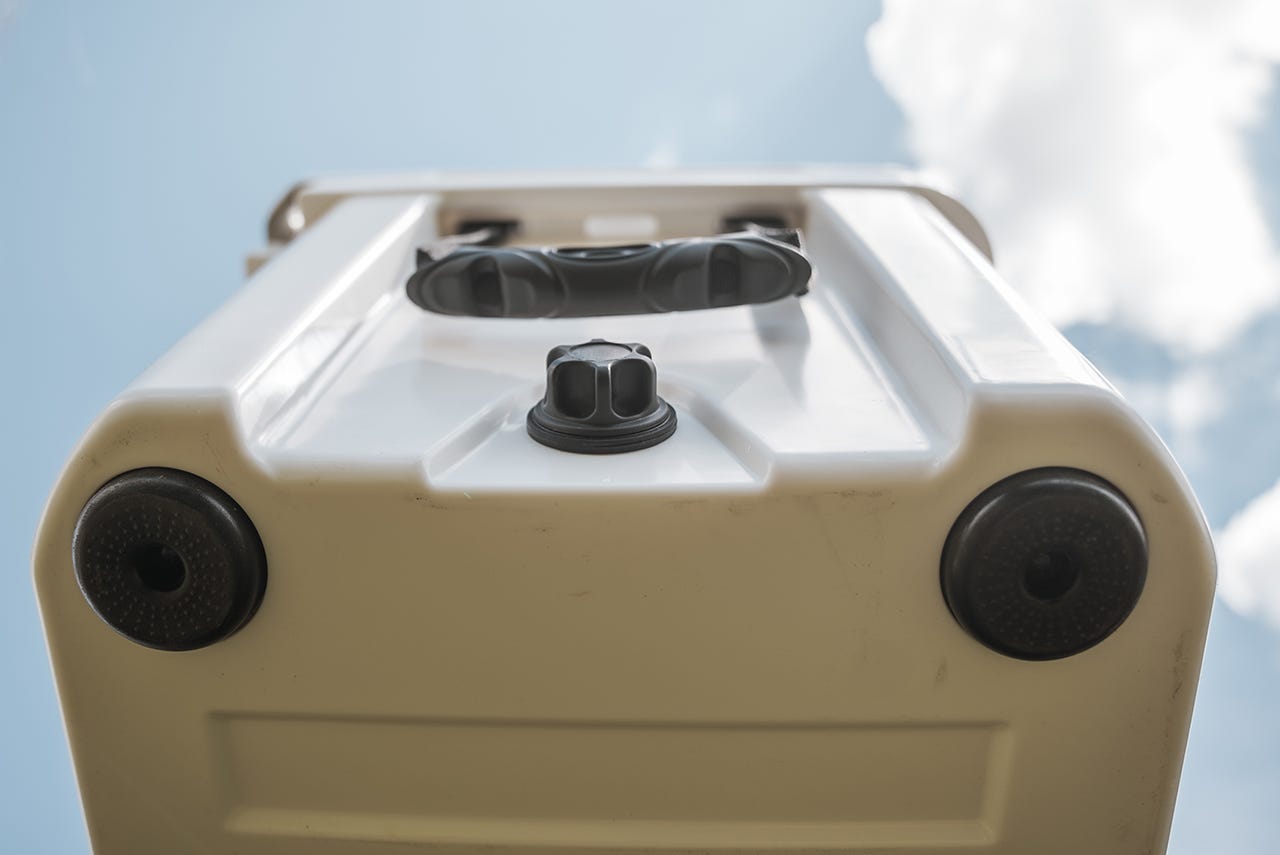

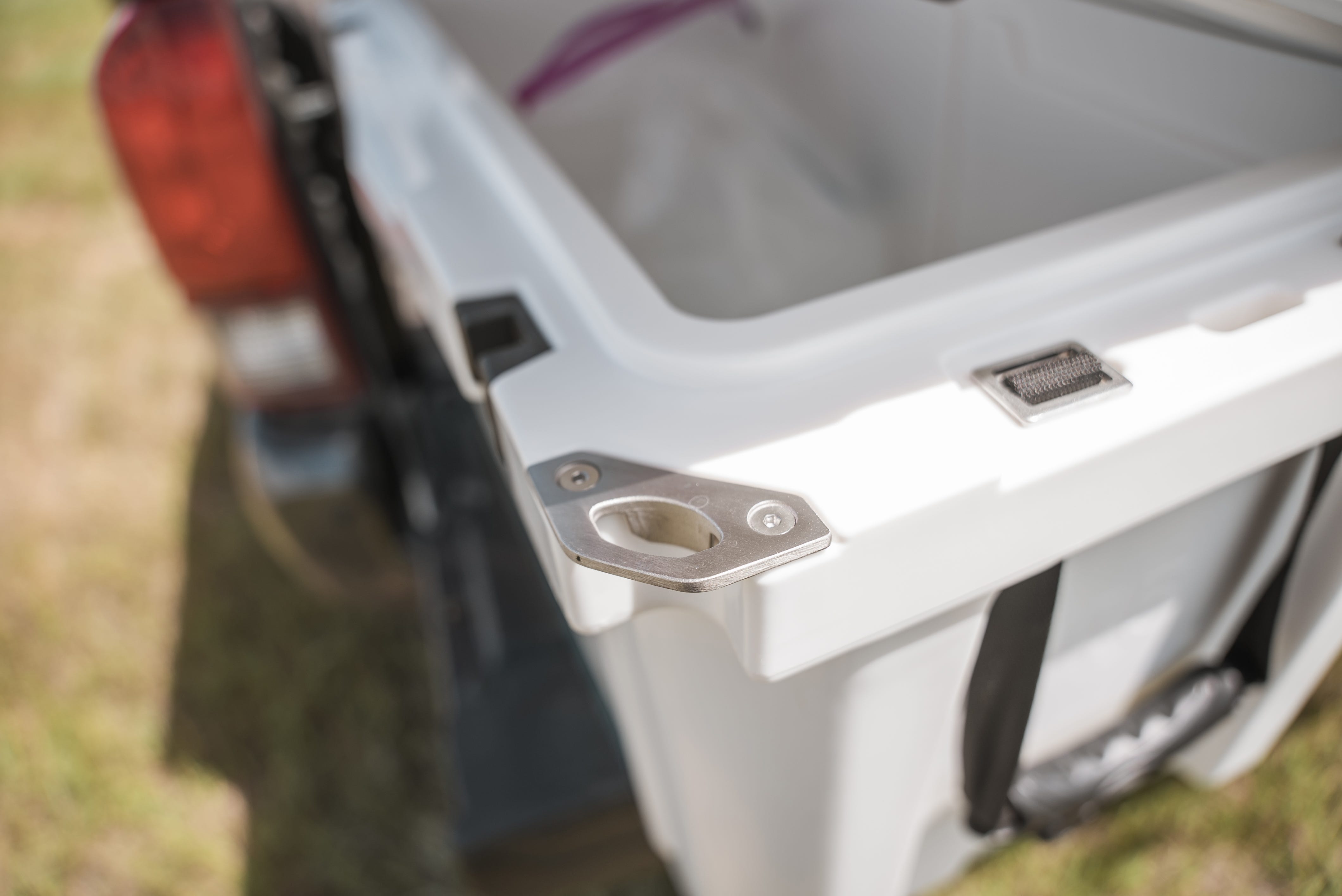

48 QT Cordova Basecamp Class Hard Cooler
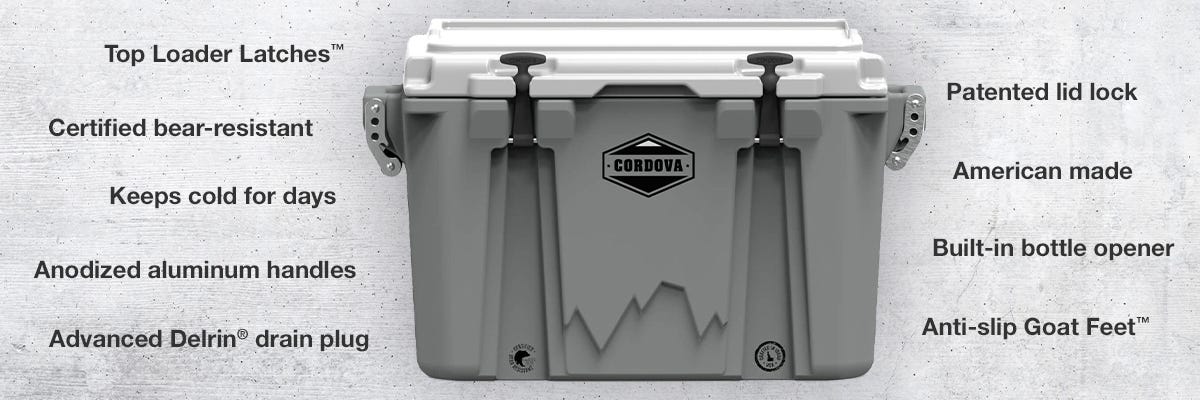

The Cordova Basecamp Class Hard Cooler comes in at $259.99. It has a ton of cool features including anodized aluminum handles, top load latches, anti-slip feet, and a patented lid lock.
Pros: This cooler comes in a bunch of different colors and has the added bonus of being made in America. It has some really nice features that make it apparent that someone took the time to think about how a cooler would be used. My favorite feature is that the latches on the cooler, which they call “Top Load Latches” give you easy access to opening it – especially from the back of a pickup. The Outdoor Revival and the Yeti both have latches that open from the bottom. It also has a built-in bottle opener that is part of the metal handles. Speaking of metal handles, this one is the only cooler out of the three that has them. They fold up and down and eliminate any swinging or binding that you can sometimes get with nylon or cord handles.
Cons: The Basecamp Class cooler is a little bit more expensive than the Outdoor Revival but is still cheaper than the Yeti. The lid of the cooler is both a pro and a con – at least in my opinion. They have a patented Lid Lock system that keeps the lid up and locked in place at 70 and 90 degrees. In theory, that’s a great idea, right? You don’t have to hold up the lid or worry about it falling on fingers. However, it’s kind hard to open. Once you get it open it’s fine, but if you’re trying to do it with one hand on your package of hot dogs and ketchup and the other yanking on the cooler lid, it can get a little frustrating.
See a full comparison chart at the bottom of the page.
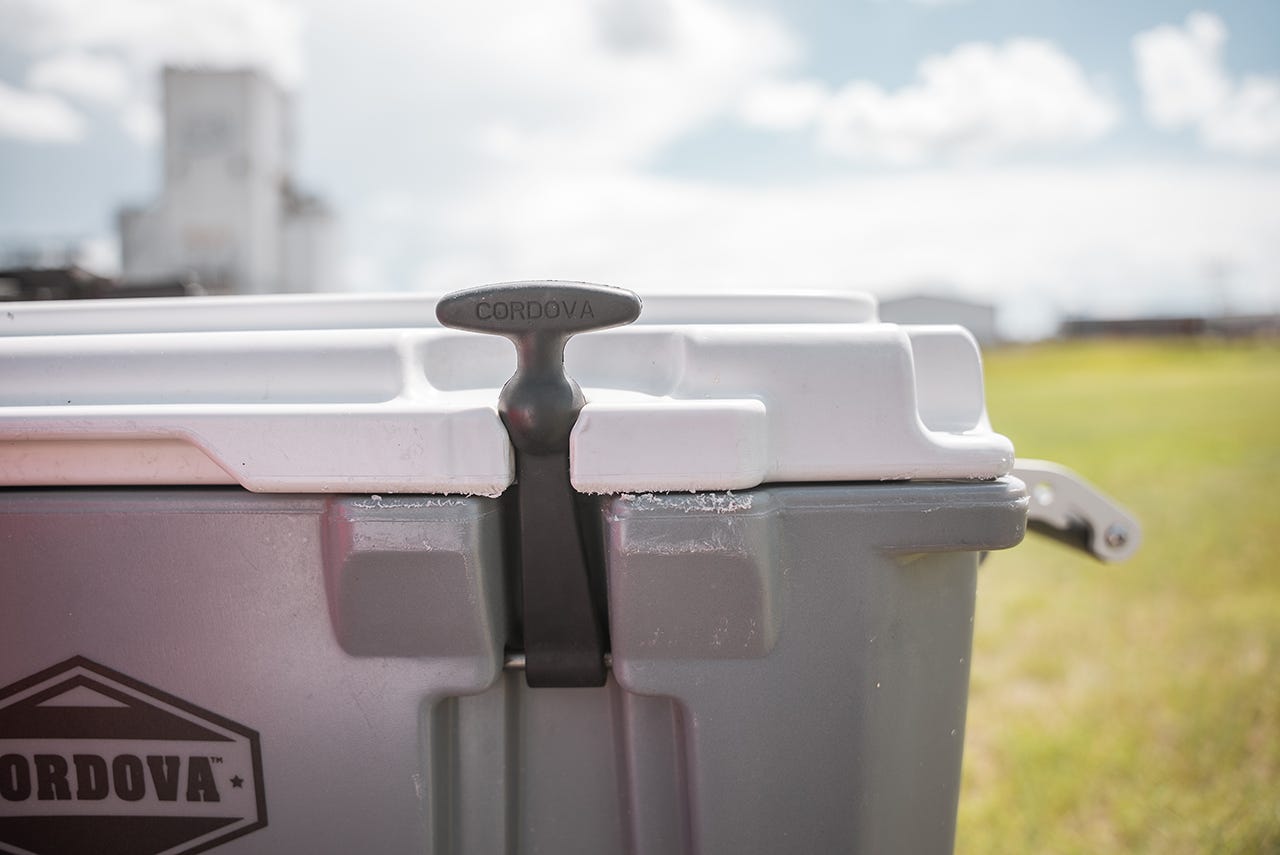

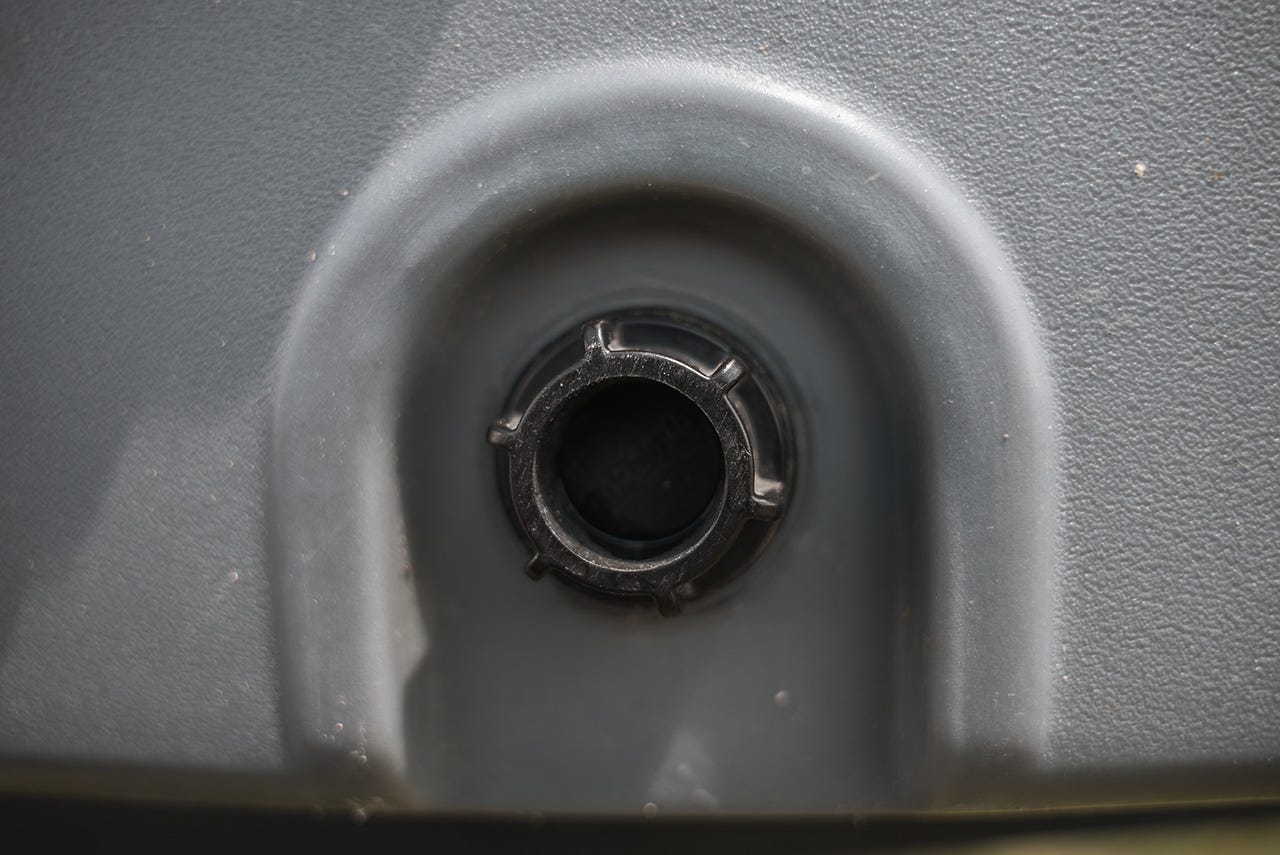

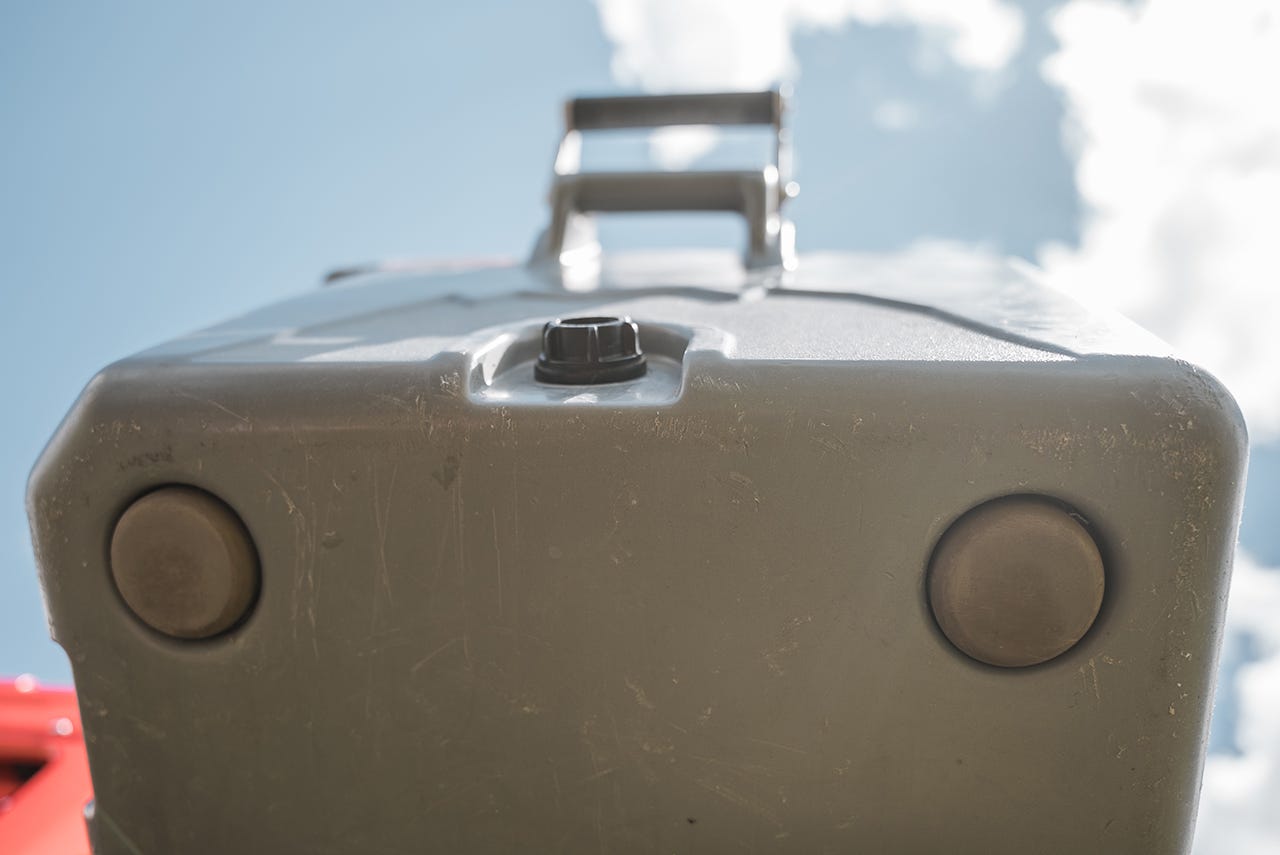

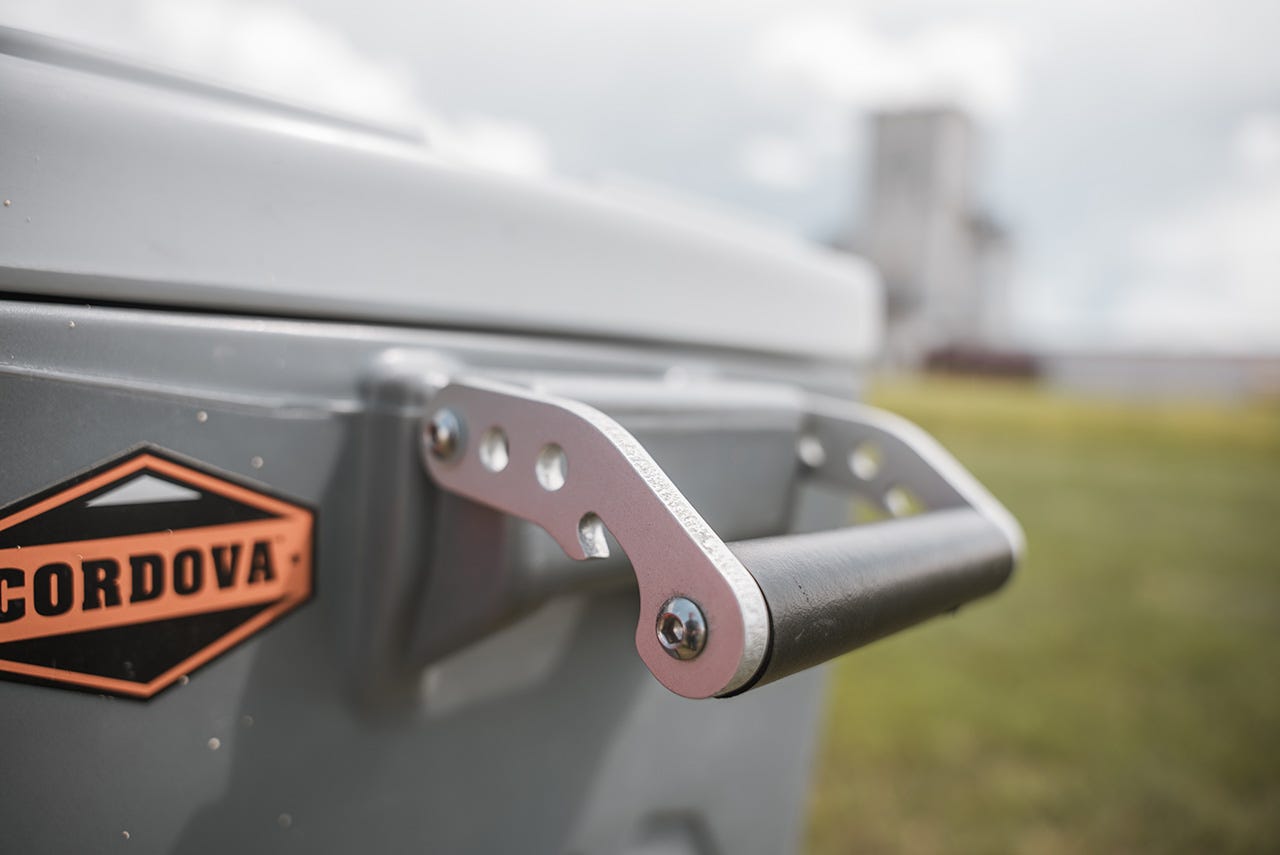

Yeti Tundra 45 Hard Cooler
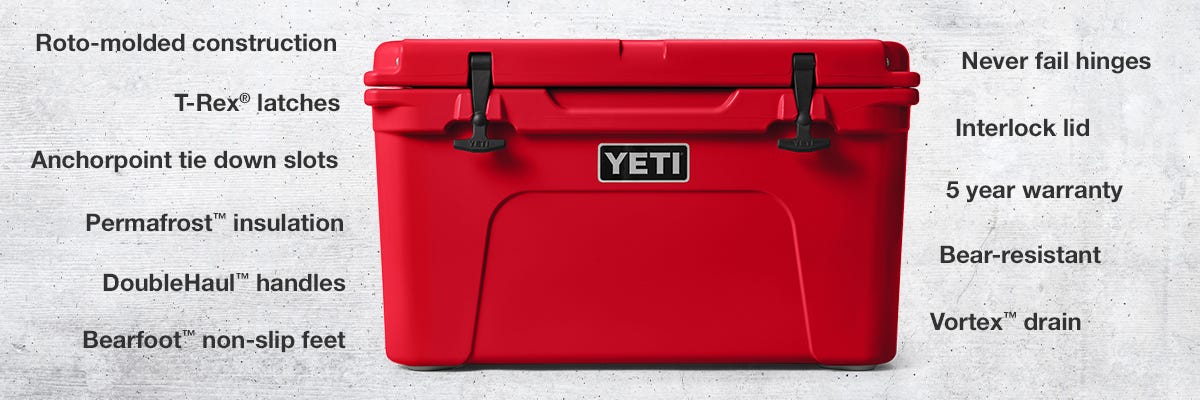

The Yeti Tundra 45 Hard Cooler comes in at $325. As the most expensive cooler in the group, we had high expectations for it. This particular cooler has some great perks, including extremely slip resistant feet and has the added bonus of having a bunch of accessories.
Pros: Yeti has made a name for itself as a reliable company with products that stand up to the test of time. You know you’re going to have a cooler that lasts when you buy Yeti. It comes in a variety of different colors and has some nice features like anchorpoint tie down slots and what they call “DoubleHaul” handles. Of the three coolers, this one had the most slip-resistant feet. That can be great in a lot of situations. You know it’s not sliding around in the back of the pickup or on the boat. The only downside of having slip-resistant feet that I found was that if you want to slide the cooler back under the Tonneau cover – it’s not happening easily. You almost have to get into the back of the pickup and physically pick up the cooler to move it.
Cons: The biggest con for this cooler is the price. Buying a $325 cooler is an investment. That also means you might worry about it getting scratched up in the back of a pickup, or much worse, stolen. The sidewalls of the Yeti are thick, meaning what you see on the outside isn’t necessarily what you’re getting on the inside. For example, the Outdoor Revival holds 64 cans while the Yeti only holds 54, even though they have roughly the same size exterior. However, that’s the price you pay with most of these coolers for keeping your food and drinks cold.
You can find the comparison between the dimensions of the coolers at the bottom of the page.
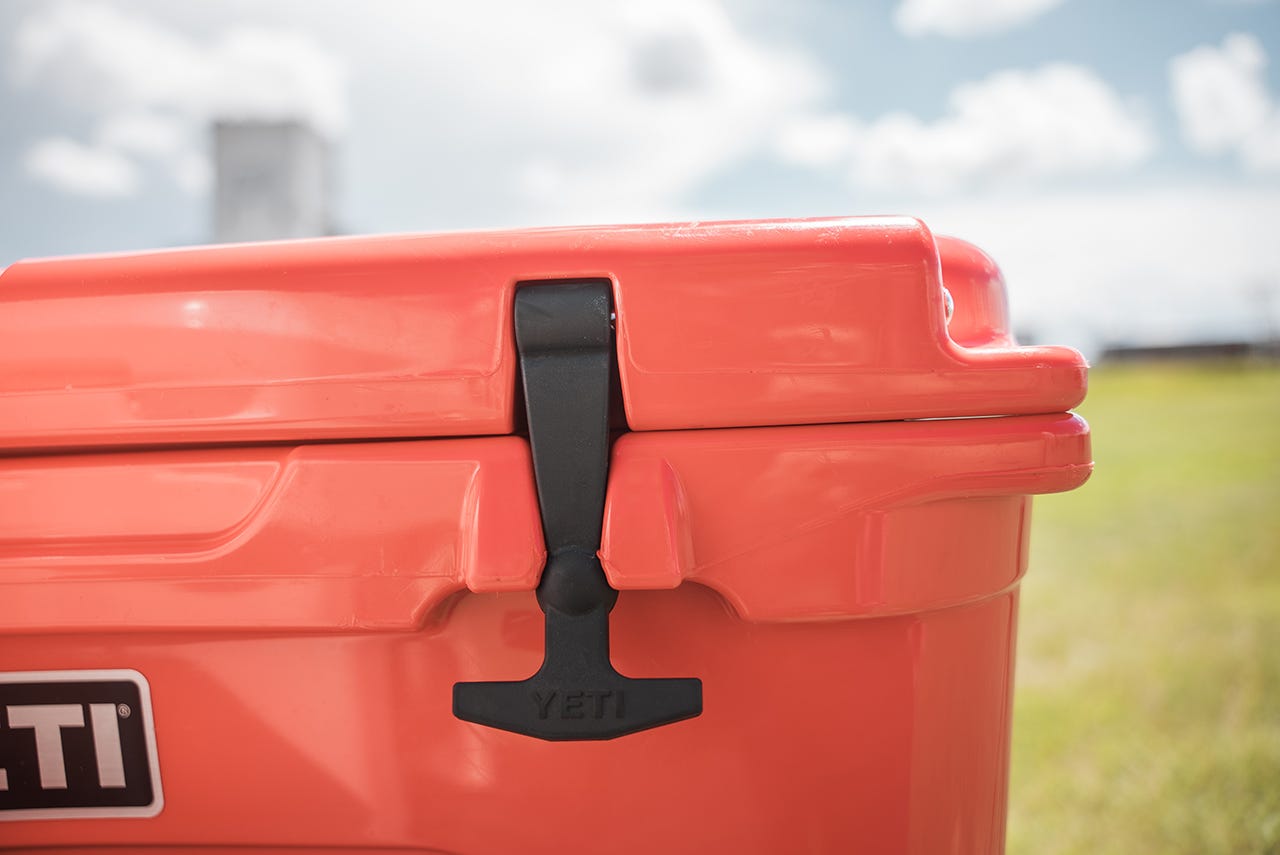

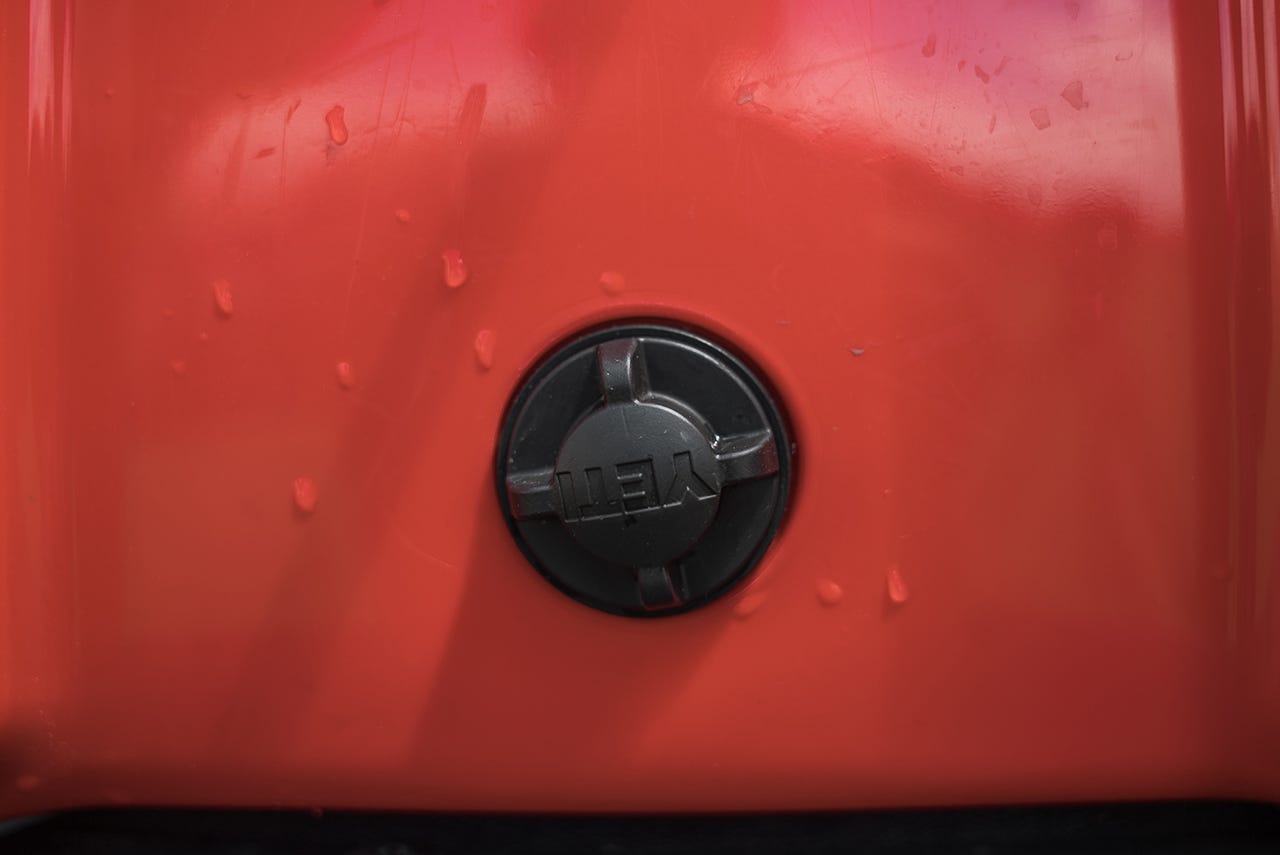

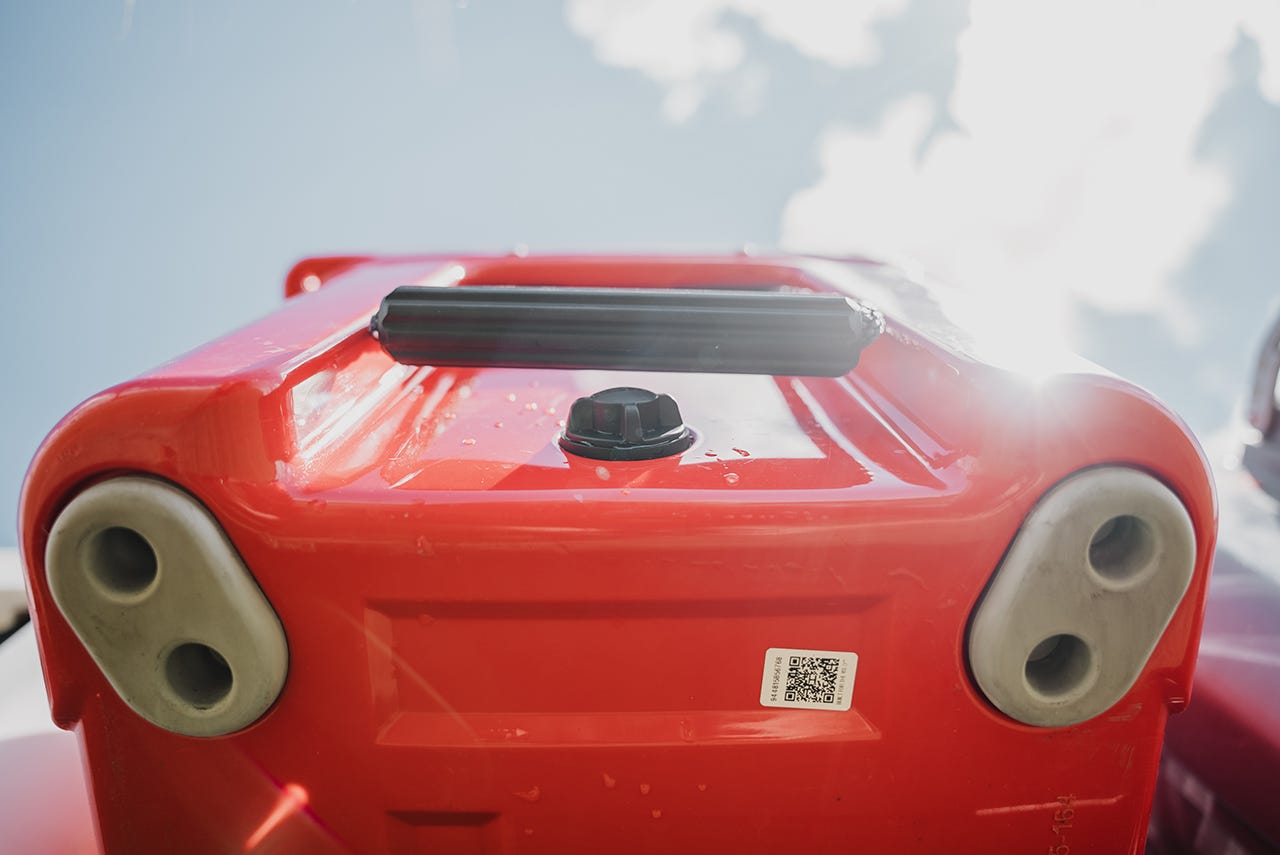



The Process
When we decided to take on this experiment, the first thing we did was head to YouTube to see how other people had conducted their tests. We quickly learned a couple of things. It’s more complicated than it sounds, and everyone on the internet has very strong feelings about coolers. Want to watch the process instead of reading about it? Check out our YouTube video on the same subject here.
I’ll start out saying that we are not scientists. We wanted a simple test that would give us some sort of idea of how these coolers compared to each other. The results aren’t perfect and there were definitely some variables that came up that could have skewed this experiment. So, take that with a grain of salt before reading on.
The most notable variable was that our Cordova was not a brand-new cooler like the Outdoor Revival. It was about a year old. The Yeti was only a couple of months old. Secondly, the Yeti was not able to hold the five 7 lb bags of ice like the other two. We had to take some out to get the lid closed. That meant there was less air in the Yeti than in the other two. That could have helped the Yeti perform better. With that in mind, here was our process.
First, we pre-cooled all three of our coolers for 24 hours. That meant that when we went to pack our actual ice, the temperature of the inside of the cooler was already cool. All three were between 42 and 43 degrees Fahrenheit. We weighed the coolers empty, then filled all three with a frozen gallon of water (also weighed) and five 7 lb bags of ice. As noted above, the Yeti was unable to hold the entire fifth bag of ice. The Cordova and the Outdoor Revival both had some space left.
After filling them up, we weighed them again. Then it was into the back of my pickup under the Tonneau cover for five days. A lot of our customers carry their coolers in the back of the pickup, so we thought this was a good way of keep the test accurate for our readers. It also took away the variable of the sun. We didn’t have to worry about if they were in the shade or if the color of the cooler had an effect. They all baked the same under the black cover. During the day, the temperature underneath reached 90 degrees on at least two of the days. Our temperature outside during the five days averaged in the mid-70s.
During this time, I opened the lids three times per day to help make the test more lifelike. Obviously if you have drinks in your cooler, you’re probably going to be opening it more than three times a day, but I didn’t have time to be running out to the coolers every hour, so three was my compromise.
At the end of the five days, we took each cooler and drained the water into separate buckets and took out the frozen gallons of water. We weighed the cooler with the ice left over to determine the percentage of ice that was left. We also dumped out the water that was in the gallons to see how much of it had melted.
This is what we found out after some calculations. To nobody’s surprise, the Yeti kept the highest percentage of ice at 47.59. The somewhat surprising number came from the Outdoor Revival. We were excited to see that 45.4 percent of the ice remained. Coming in third was the Cordova at 41 percent. Like I mentioned before, the Cordova was the biggest cooler and the oldest, which may have skewed the results.


Our other method of measuring for this experiment was the frozen gallon of water. While this started out as good idea, I question how accurate of a test this really was. We weighed each frozen gallon at the beginning and the attempted to dump out the water that had melted after five days. However, it’s hard to say for sure if we got all the water out. With that in mind, here are the results of the that test. Again, the Yeti kept the most ice with 95.3% of the gallon left. The Outdoor Revival was second with 92.7% left, and the Cordova was third with 88.1% left.


Final Thoughts
Overall, we are impressed with all three of the coolers. A lot of picking out a cooler is about personal preference, usage, and your own brand loyalty. We can say with faith that all of these options will hold up great for a weekend trip. They all have some great features. One of the major things that we didn’t test was how these coolers stand up to years of use. But at the end of the day, it’s up to you to decide what’s right for your situation.
If you're looking for something that stays cold for a week or more and you're not as worried about price, the Yeti might be best for you. If you want a quality Made in America product with some cool features, the Cordova hit the mark. If you're trying to stay on a budget but still want a high quality product that will last you through the weekend, the Outdoor Revival could be a great option for you.
Check out the chart below to help you make the best decision when shopping for a cooler.







